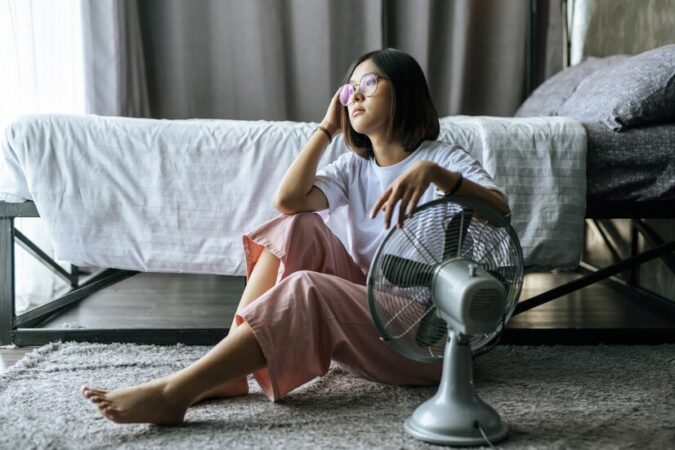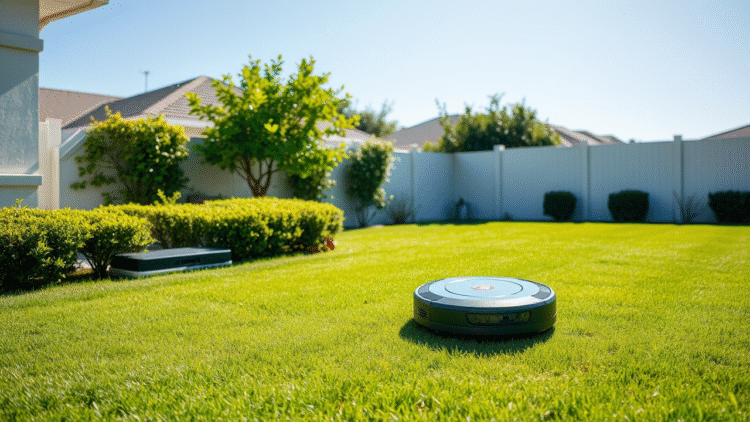
How to For You – Many people turn to fans as their go-to solution for beating the heat, believing that a strong breeze can lower the temperature of a room. However, the reality is quite different. While fans can create a sensation of coolness, they do not actually reduce the temperature of a room. Instead, they work by enhancing the body’s natural cooling processes.
How Fans Work: The Science Behind the Cooling Sensation
Fans function by moving air across the skin, which accelerates the evaporation of sweat. This natural process allows the body to dissipate heat more effectively, making individuals feel cooler even though the room temperature remains unchanged. This principle applies to all types of fans, from ceiling fans to oscillating models.
However, for a fan to have this cooling effect, the airflow must be directed at a person. A fan merely circulating air without targeting an individual will not provide the same relief. Additionally, in high humidity conditions, the efficiency of sweat evaporation decreases, making fans less effective.
Can Fans Increase Room Temperature?
Interestingly, running a fan in a closed space can slightly raise the temperature. The motor of a fan generates heat, and in a well-insulated room, this added warmth may become noticeable over time. This is why leaving a fan running in an empty room does nothing to cool it down; instead, it may contribute to a minor increase in overall temperature.
Optimizing Fan Usage for Maximum Comfort
Although fans do not cool a room in the traditional sense, they can still be highly effective when used strategically. Here are some techniques to maximize their cooling potential:
1. Strategic Placement Matters
Positioning a fan near an open window or doorway when the outside air is cooler than the indoor air can help draw in fresh air and push out warmer air. This technique works best during the early morning or late evening when outdoor temperatures drop.
2. Creating a Cross-Breeze
A cross-breeze setup can be particularly effective in ventilating a room. This involves placing one fan facing inward to draw in cooler air and another facing outward to expel hot air. By facilitating air circulation, this method can create a refreshing indoor environment.
3. Enhancing the Cooling Effect with Ice or Wet Towels
To amplify a fan’s cooling effect, place a bowl of ice or a damp towel in front of it. As the air passes over the ice or moisture, it becomes slightly cooler, providing a temporary yet effective cooling sensation.
4. Combining Fans with Air Conditioning
Fans can complement air conditioning by distributing cool air more evenly throughout a space. This can allow you to set the AC at a slightly higher temperature while still maintaining comfort, ultimately reducing energy consumption and lowering electricity bills.
Understanding the Limits of Fans
While fans offer a cost-effective way to stay comfortable, they do have limitations. In extreme heat or humidity, their effectiveness diminishes. Additionally, fans do not lower room temperatures but instead help people feel cooler through increased airflow and sweat evaporation.
Conclusion
A fan alone will not cool a room, but when used correctly, it can significantly enhance comfort levels. By understanding how to optimize their use, individuals can make the most of this simple yet effective cooling tool. Whether through strategic placement, cross-ventilation, or combining fans with other cooling methods, fans remain a valuable asset in managing indoor temperatures efficiently.
So, the next time you turn on a fan, remember—it’s not about cooling the room, but about keeping yourself cool.





